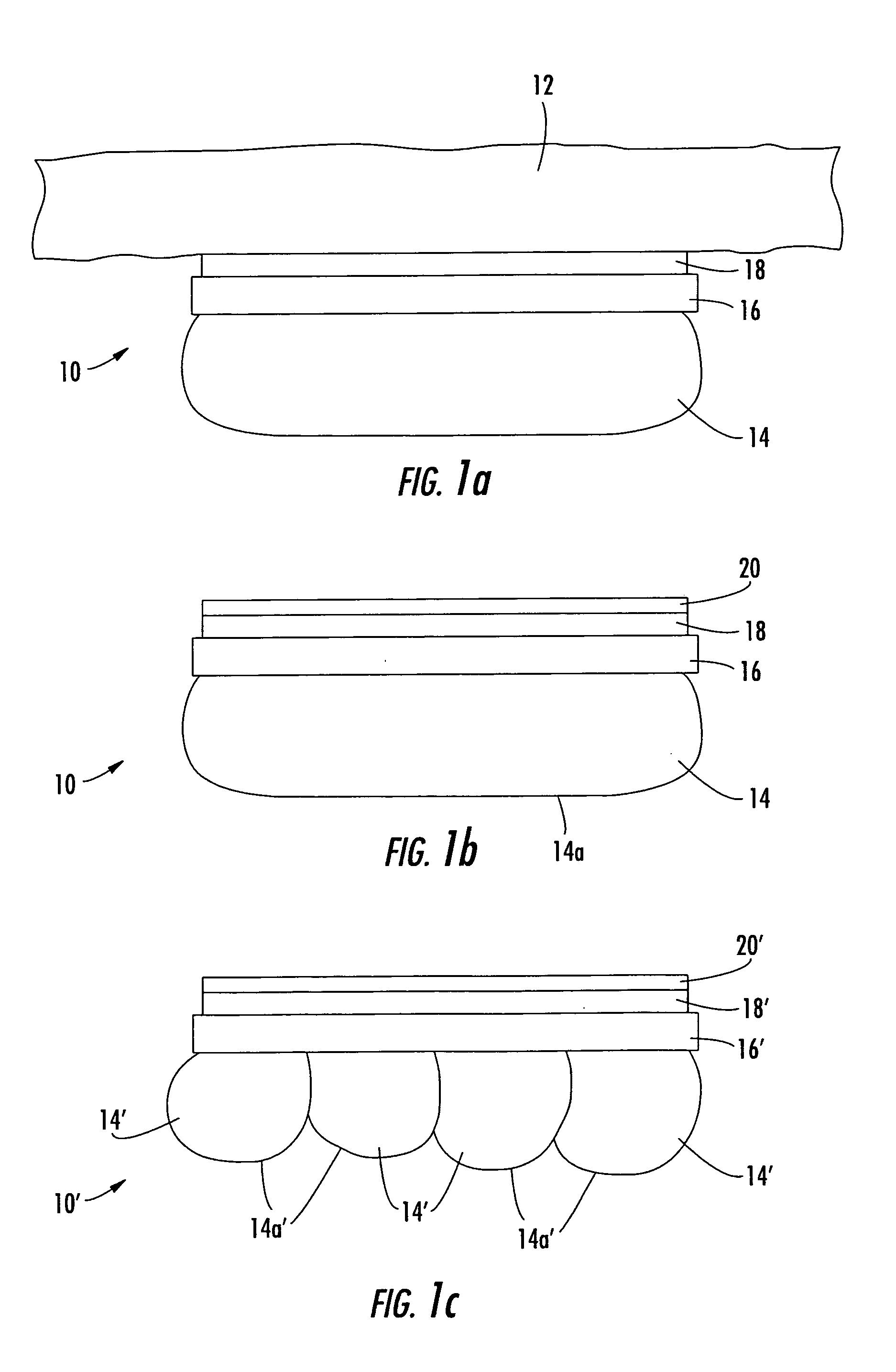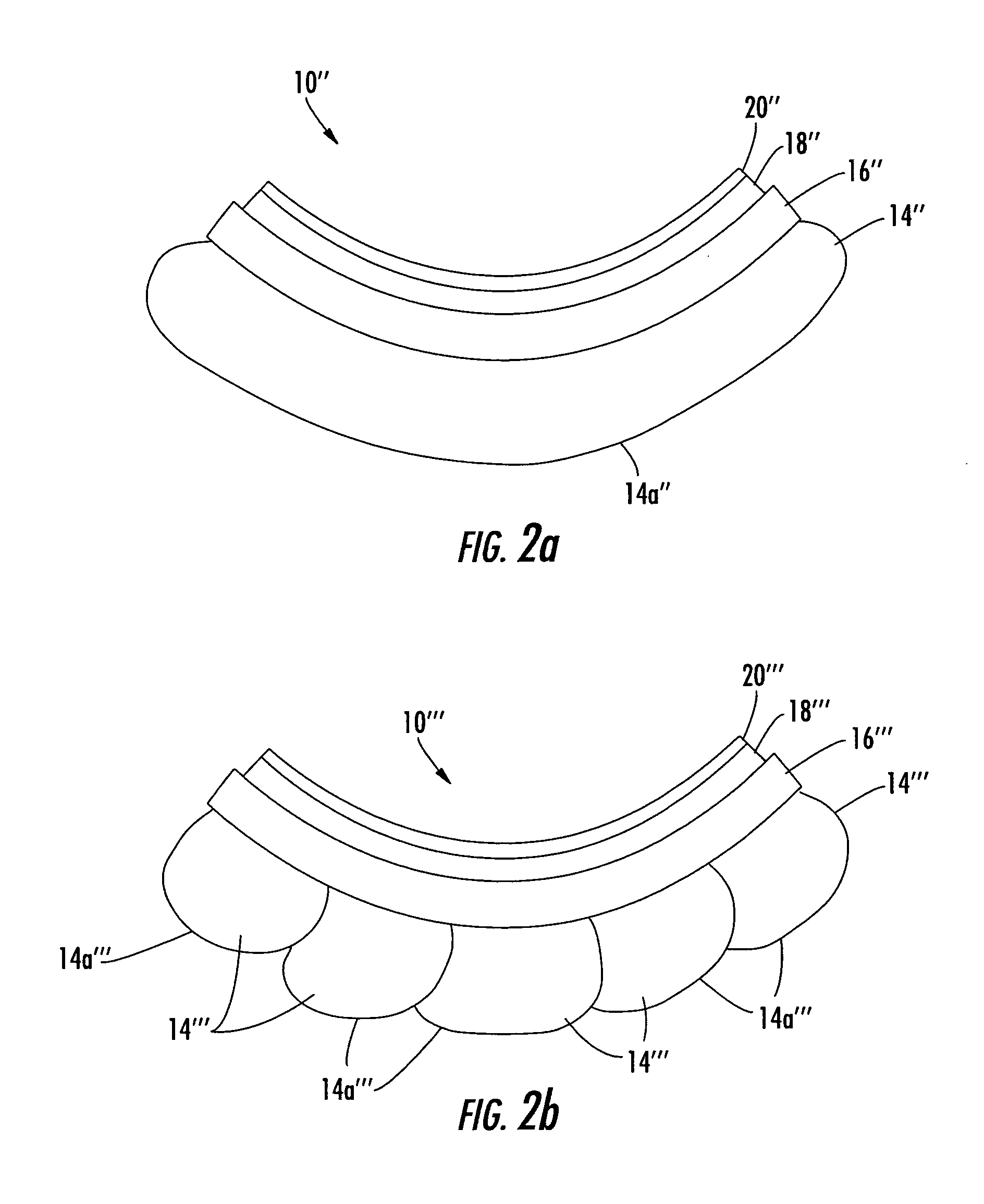Method for reducing pressure damage to skin of a person, and corresponding skin protective devices
a technology of skin protection and skin damage, applied in the field of health care, can solve the problems of pressure sores, open sores, serious consequences, etc., and achieve the effect of reducing pressure damage to the skin of a person
- Summary
- Abstract
- Description
- Claims
- Application Information
AI Technical Summary
Benefits of technology
Problems solved by technology
Method used
Image
Examples
Embodiment Construction
[0025]The present invention will be described more fully hereinafter with reference to the accompanying drawings, in which preferred embodiments of the invention are shown. This invention may, however, be embodied in many different forms and should not be construed as limited to the embodiments set forth herein; rather, these embodiments are provided so that this disclosure will be thorough and complete, and will fully convey the scope of the invention to those skilled in the art. Like numbers refer to like elements throughout, and prime and multiple prime notations are used to indicate similar elements in alternate embodiments.
[0026]A method for reducing pressure damage to the skin of a person in accordance with the present invention is based upon application of any of the various embodiments of a skin protective device illustrated in FIGS. 1a–4. The method initially comprises determining at least one location 12 on the person susceptible to pressure damage, and adhesively securing...
PUM
 Login to View More
Login to View More Abstract
Description
Claims
Application Information
 Login to View More
Login to View More - R&D
- Intellectual Property
- Life Sciences
- Materials
- Tech Scout
- Unparalleled Data Quality
- Higher Quality Content
- 60% Fewer Hallucinations
Browse by: Latest US Patents, China's latest patents, Technical Efficacy Thesaurus, Application Domain, Technology Topic, Popular Technical Reports.
© 2025 PatSnap. All rights reserved.Legal|Privacy policy|Modern Slavery Act Transparency Statement|Sitemap|About US| Contact US: help@patsnap.com



